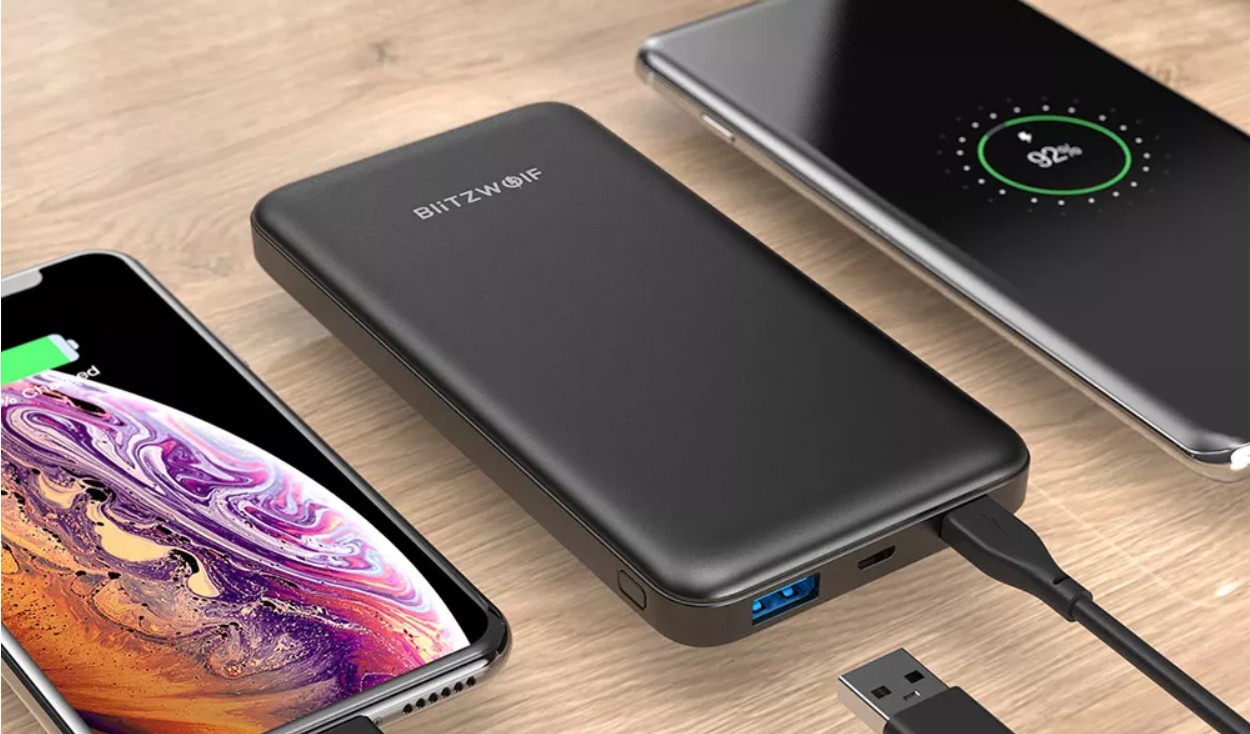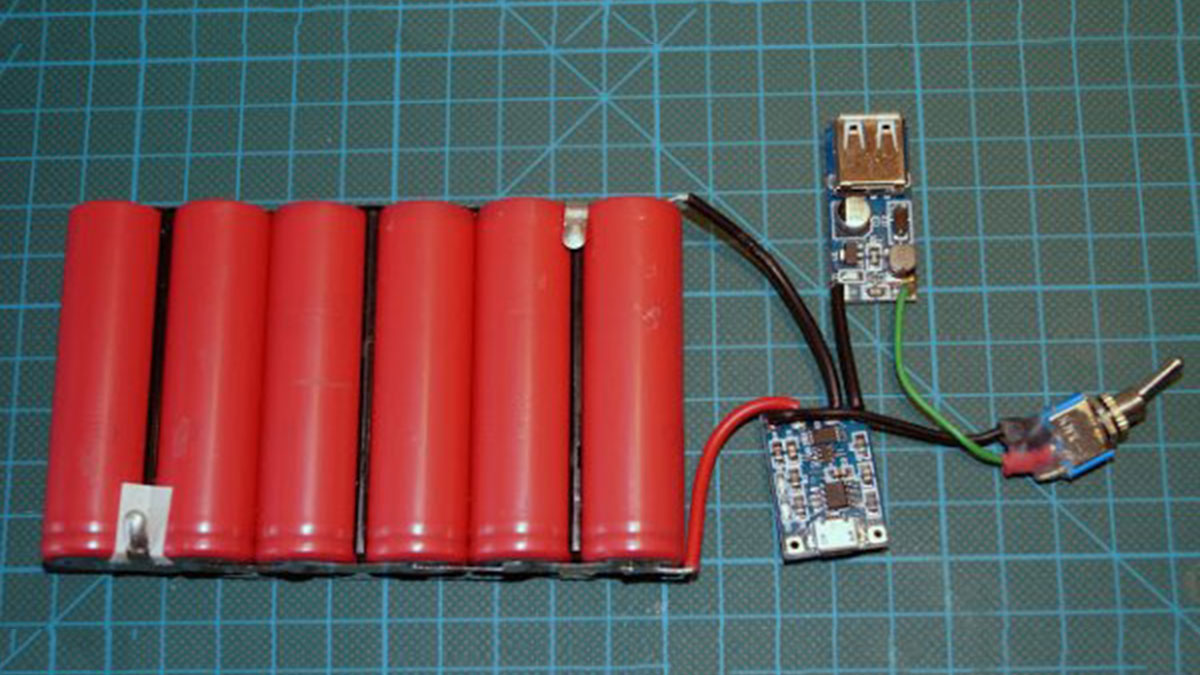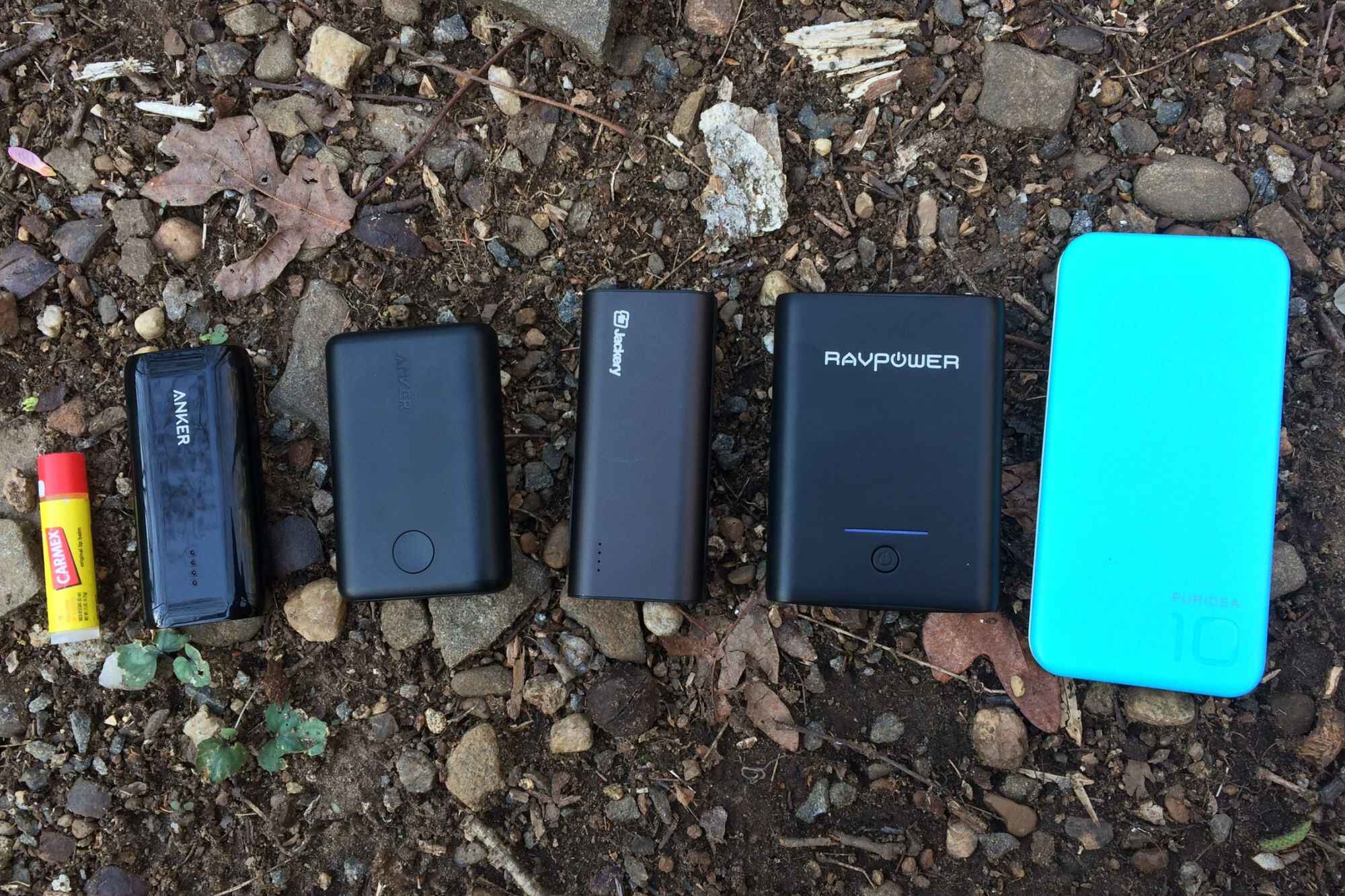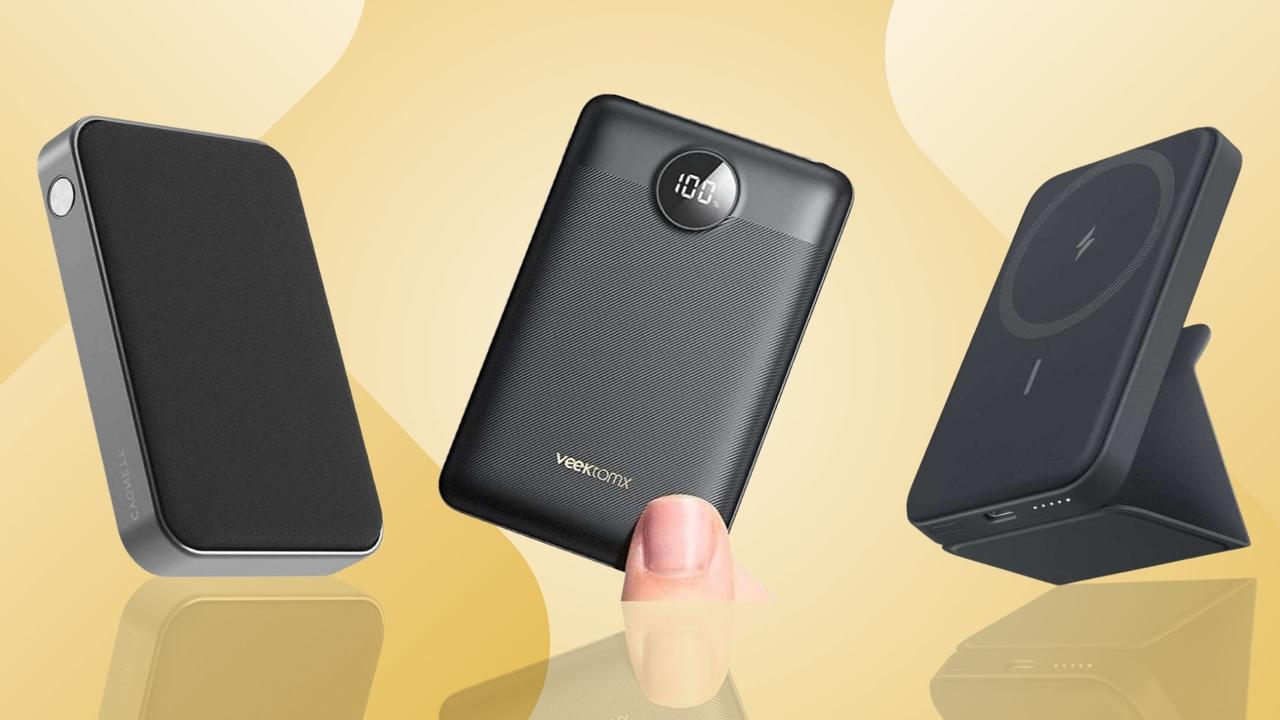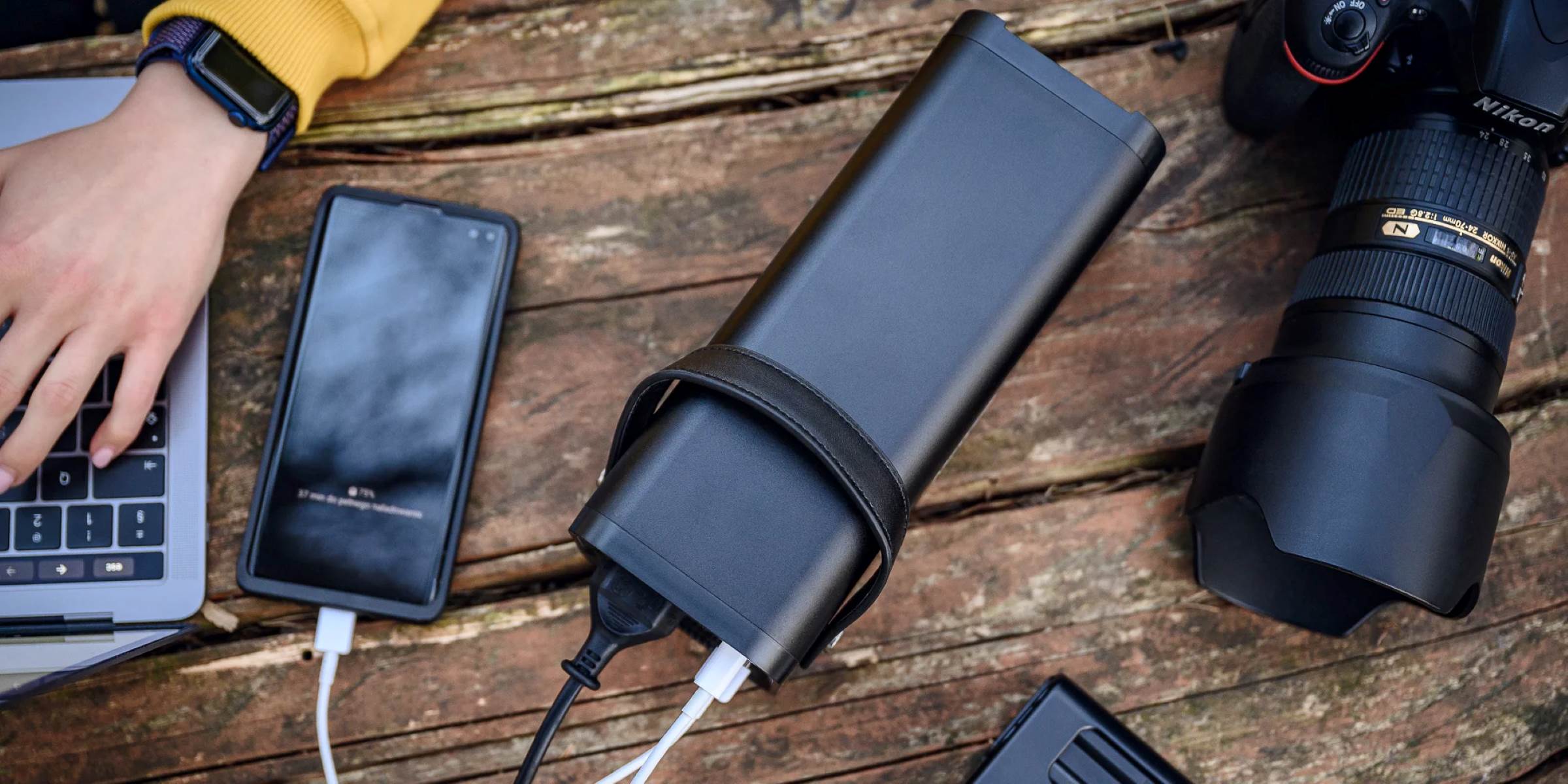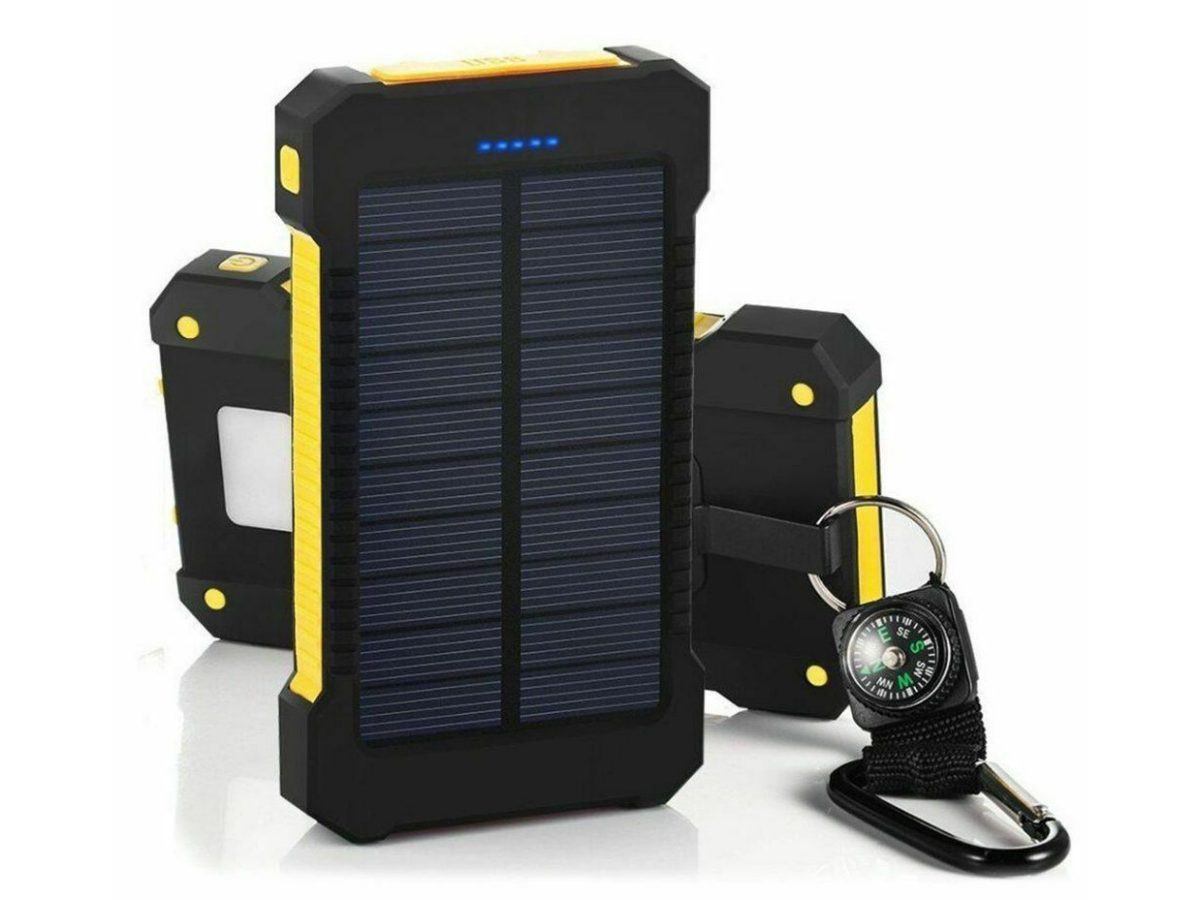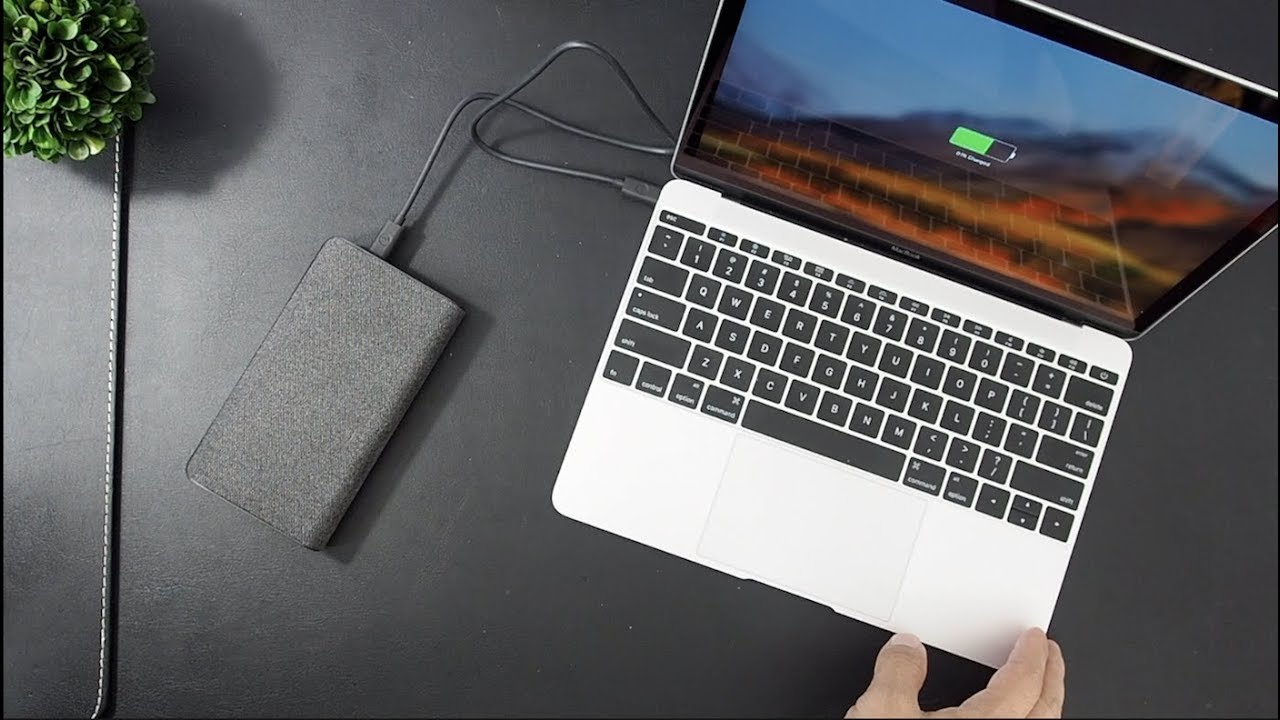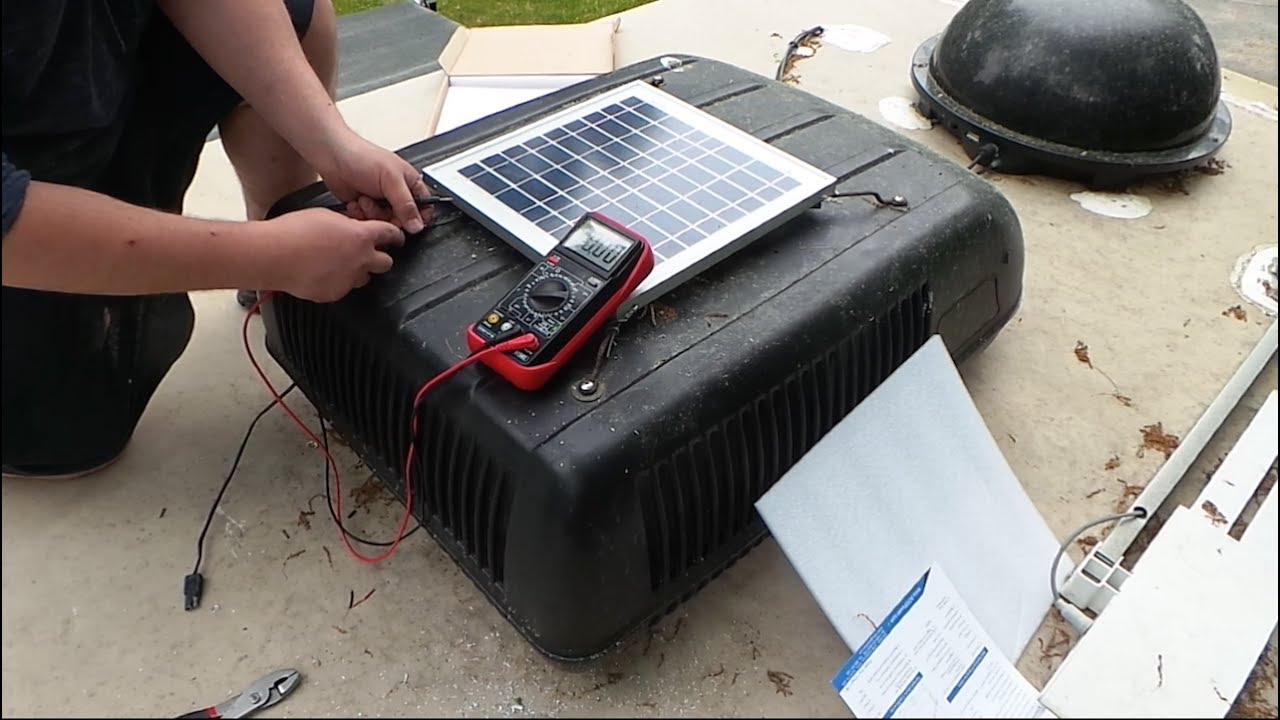Introduction
Power bank is a portable device that has become an essential accessory for our modern lives. It allows us to charge our electronic devices, such as smartphones and tablets, on the go. With the increasing dependency on these devices, the need for a reliable and efficient power bank has never been greater.
But how do we determine the capacity of a power bank? Understanding the capacity of a power bank is important as it directly affects its performance and usability. Knowing the capacity helps in determining how many times it can charge a device, or how long it can provide power before needing to be recharged itself.
In this article, we will look at the different methods to test the capacity of a power bank. We will explore the advantages and limitations of each method, and provide you with step-by-step instructions on how to conduct the tests. By the end, you will have a clear understanding of how to accurately measure the capacity of a power bank.
Whether you are using a power bank for your outdoor adventures, traveling, or simply to have a backup power source, knowing its capacity is crucial. By testing the capacity, you can ensure that you are getting the most out of your power bank and that it meets your power needs.
So grab your power bank, charge up your device, and let’s dive into the world of testing power bank capacity!
Understanding Power Bank Capacity
Before we dive into testing the capacity of a power bank, let’s first understand what capacity means in the context of power banks. The capacity of a power bank refers to the amount of energy it can store and deliver to charge electronic devices.
Power bank capacity is typically measured in milliampere-hours (mAh) or watt-hours (Wh). The higher the capacity, the more energy the power bank can provide. For example, a power bank with a capacity of 10,000mAh can theoretically fully charge a smartphone with a 3,000mAh battery approximately three times before it needs to be recharged itself.
It’s important to note that the actual usable capacity of a power bank is often less than its rated capacity. This is due to energy losses during the charging and discharging process and the inherent inefficiencies of the power bank’s internal circuitry.
The actual usable capacity of a power bank can vary depending on various factors, including the quality of the device, the charging cable used, and the efficiency of the power bank itself. Therefore, it is crucial to test the capacity of a power bank to determine its true performance and identify any discrepancies between the rated and actual capacities.
By understanding the capacity of a power bank, you can make more informed decisions when purchasing one. If you have specific power requirements or need to charge multiple devices, opting for a power bank with a higher capacity will ensure that you have enough power to last you through the day.
Furthermore, understanding the capacity of a power bank also helps in managing your power consumption. By knowing how much power your devices require and how much the power bank can deliver, you can plan your charging cycles and optimize the usage of the power bank.
Now that we have a clear understanding of power bank capacity, let’s move on to the importance of testing the capacity and how to prepare for the testing process.
Why Test the Capacity of a Power Bank?
Testing the capacity of a power bank is essential for several reasons. By conducting capacity tests, you can ensure that the power bank performs as expected and meets your power requirements. Here are some key reasons why testing the capacity of a power bank is important:
- Accurate Power Usage Planning: Knowing the true capacity of a power bank allows you to plan your power usage effectively. If you are going on a long trip or have a power-intensive device, testing the capacity helps you determine how many times you can charge your device and how long the power bank will last.
- Quality Assessment: Testing the capacity of a power bank helps you evaluate its quality and reliability. It allows you to compare the claimed capacity by the manufacturer with the actual capacity. If there is a significant difference, it may indicate poor quality or false advertising.
- Maintaining Device Performance: Regularly testing the capacity of your power bank ensures that it is functioning optimally. Over time, power banks may lose their capacity due to factors like internal circuitry degradation. By testing the capacity periodically, you can identify any decline in performance and decide if it’s time for a replacement.
- Budget-Friendly Decision Making: Testing the capacity of a power bank helps you make cost-effective decisions. By understanding the actual capacity, you can evaluate whether the price of a power bank justifies its performance. This knowledge prevents you from overspending on a power bank with a larger capacity than you need or vice versa.
- Enhanced Device Compatibility: Different devices have varying power requirements. If you test the capacity of your power bank, you can better match its capabilities with the devices you intend to charge. This ensures compatibility and prevents damage to your devices due to under or overcharging.
These reasons demonstrate the importance of testing the capacity of a power bank. It helps you gauge the performance, reliability, and compatibility of your power bank, allowing you to make informed decisions and maximize its utility.
Preparing to Test the Capacity
Before diving into testing the capacity of a power bank, a few preparations need to be made to ensure accurate and reliable results. Consider the following steps to prepare for the testing process:
- Read the Manual: Familiarize yourself with the user manual of your power bank. The manual may contain important information regarding the recommended testing methods, precautions, and any specific requirements for testing the capacity.
- Charge the Power Bank: Ensure that the power bank is fully charged before conducting the capacity test. Connect it to a reliable power source and let it charge until the indicator lights or display show that it is at maximum capacity. This ensures that the power bank is ready to provide accurate readings.
- Select the Testing Method: Decide on the method you will use to test the capacity of your power bank. Two commonly used methods are the direct output method and the discharge rate method. Each method has its own advantages and considerations, so choose the one that best suits your needs and preferences.
- Gather Necessary Equipment: Depending on the chosen testing method, you may need additional equipment such as a multimeter, USB load tester, or a compatible device to simulate the power bank’s charging. Ensure that you have the required equipment ready for the test.
- Prepare a Data Logger (Optional): If you want to track and analyze the power bank’s performance over time, consider using a data logger to record important parameters like voltage, current, and capacity during the test. This provides valuable insights and helps in accurate analysis of the power bank’s capacity.
- Choose a Testing Environment: Select a suitable testing environment with minimal distractions and steady power supply. It is recommended to perform the tests in a well-ventilated area to prevent overheating of the power bank and any connected devices.
- Take Safety Precautions: Safety should always be a top priority when testing the capacity of a power bank. Follow all safety guidelines specified in the user manual and take necessary precautions like wearing protective gloves or eyewear if advised. By ensuring your own safety, you can perform the tests with confidence.
By adequately preparing for the capacity test, you can minimize potential errors and ensure accurate measurements. These preparations lay the foundation for a successful capacity testing process, allowing you to obtain reliable results for evaluating the performance of your power bank.
Method 1: Direct Output Method
The direct output method is a common and straightforward way to test the capacity of a power bank. In this method, we measure the actual power delivered by the power bank to a device during a full charge cycle. Follow the steps below to perform the direct output method:
- Charge the Power Bank: Ensure that the power bank is fully charged before proceeding. Connect it to a power source and let it charge until it reaches maximum capacity.
- Select a Device: Choose a device to connect to the power bank for testing. Ideally, use a device with a known battery capacity or a device that you can monitor the charging progress, such as a smartphone or tablet.
- Start the Test: Connect the selected device to the power bank using a compatible charging cable. Make sure the connection is secure and stable.
- Monitor the Charging Process: Start a timer to track the duration of the charging process. Monitor the device closely and record the initial battery level.
- Allow the Device to Charge: Leave the device connected to the power bank and let it charge until the power bank is fully depleted. Monitor the charging progress periodically and record any important observations.
- Record the Final Battery Level: Once the power bank is depleted, record the final battery level of the device. This will be the anticipated capacity delivered by the power bank.
- Calculate the Capacity: Calculate the difference between the initial and final battery levels of the device to determine the capacity delivered by the power bank. For example, if the device battery level increased by 50% during the test, the power bank’s capacity would be approximately 50% of the device’s battery capacity.
The direct output method provides a practical approach to testing the capacity of a power bank by directly measuring its performance with a device. However, keep in mind that this method may have some limitations due to factors like varying device efficiency and power losses during charging. Despite these potential variations, the direct output method serves as a useful starting point for estimating the power bank’s actual capacity.
Method 2: Discharge Rate Method
The discharge rate method is an alternative approach to testing the capacity of a power bank. Instead of relying on a connected device, this method measures the power bank’s capacity by discharging it at a specific rate and recording the time it takes to deplete. Follow these steps to perform the discharge rate method:
- Charge the Power Bank: Make sure the power bank is fully charged before proceeding with the test. Connect it to a power source and allow it to charge until it reaches maximum capacity.
- Prepare a Load Tester: Obtain a USB load tester that can simulate the power bank’s discharge. These testers are designed to draw power from the power bank in a controlled manner. Connect the load tester to the power bank using a compatible charging cable.
- Set the Discharge Rate: Configure the USB load tester to the desired discharge rate. This rate should be within the power bank’s specified range. A typical discharge rate is 0.5C, where C is the power bank’s rated capacity. For example, if the power bank has a rated capacity of 10,000mAh, a discharge rate of 0.5C would be 5,000mAh.
- Start the Discharge: Once the discharge rate is set, initiate the test by starting the USB load tester. The load tester will begin drawing power from the power bank at the specified rate, simulating the discharge process.
- Monitor the Discharge Process: Keep a close eye on the USB load tester as it discharges the power bank. Take note of the time it takes for the power bank to deplete completely. This time will be used to calculate the power bank’s capacity.
- Calculate the Capacity: Divide the load tester’s set discharge rate by the time it took for the power bank to deplete completely. Multiply this value by 60 to convert it into the power bank’s capacity in mAh. For example, if the discharge rate was 5,000mAh and it took 2 hours (120 minutes) for the power bank to deplete, the capacity would be (5,000 / 120) x 60 = 2,500mAh.
The discharge rate method offers a more controlled environment for testing the capacity of a power bank, without relying on external devices. It allows for better accuracy in measuring the power bank’s performance. However, note that like any testing method, there may be slight variations and discrepancies due to factors such as circuit inefficiencies and temperature.
Testing the Capacity
Once you have chosen the testing method, whether it’s the direct output method or the discharge rate method, it’s time to perform the capacity test on your power bank. Follow the steps below to conduct the test:
- Set up the Testing Environment: Choose a suitable testing environment with a stable power source and minimal disturbances. Ensure proper ventilation to prevent overheating during the test.
- Follow the Testing Method: Implement the specific steps outlined in either the direct output method or the discharge rate method, depending on your chosen testing approach. Pay attention to details and follow the instructions carefully to obtain accurate results.
- Document the Test Process: Record important details such as the initial power bank capacity, testing duration, any observations or fluctuations during the test, and the final results. This data will be valuable for analysis and comparison.
- Repeat the Test: For more reliable results, consider repeating the test multiple times. This will help identify any inconsistencies and ensure consistency in the measurements.
- Analyze the Results: Once the tests are completed, analyze the obtained results. Compare the measured capacity with the power bank’s rated capacity and factor in any variations or discrepancies. This analysis will provide you with a clear understanding of the power bank’s actual capacity.
- Make Informed Decisions: Based on the capacity test results, evaluate whether the power bank meets your power requirements and expectations. If the actual capacity significantly differs from the rated capacity, you may need to consider alternative options or consult the manufacturer for further clarification or support.
By conducting thorough and accurate capacity tests, you can ensure that your power bank performs as expected and meets your power needs. It provides valuable insights into the power bank’s capabilities and aids in making informed decisions about its usage and compatibility with various devices.
Analyzing the Results
After completing the capacity tests on your power bank, it’s important to analyze the results to gain a deeper understanding of its performance and capabilities. Here are some key factors to consider when analyzing the test results:
- Measured Capacity: Compare the measured capacity of the power bank with its rated capacity. If there is a significant difference, try to identify the reasons for the variation. Factors such as energy losses, circuit inefficiencies, and variations in charging/discharging rates can account for the differences.
- Consistency: Evaluate the consistency of the capacity test results. If you conducted multiple tests, check if the measurements are consistent or if there are significant variations among the results. Consistency in the results provides more reliable and accurate information about the power bank’s capacity.
- Manufacturer’s Claim: Compare the measured capacity with the manufacturer’s claimed capacity. While some variations are expected, a considerable deviation may indicate false advertising or poor quality. If the measured capacity consistently falls significantly below the claimed capacity, it may be necessary to contact the manufacturer for clarification or assistance.
- Usability: Assess the usability of the power bank based on its measured capacity. Determine whether the power bank’s capacity aligns with your specific needs and power requirements. If the capacity falls short, you may need to consider a power bank with a higher capacity or explore alternative charging options.
- Additional Features: Take into account any additional features or benefits offered by the power bank. For example, some power banks may have fast charging capabilities or multiple charging ports, which can enhance their usability even if the measured capacity is slightly lower than anticipated.
- Long-Term Performance: Consider the long-term performance of the power bank. While the capacity tests provide insights into its immediate performance, understanding how the power bank maintains its capacity over time is equally important. Look for reviews or consult experts to gauge the power bank’s longevity and capacity retention.
By analyzing the capacity test results, you can make informed decisions about the reliability and suitability of the power bank for your specific needs. It helps you understand the power bank’s performance and any discrepancies between the claimed and measured capacities, enabling you to choose the most effective power bank that aligns with your requirements.
Conclusion
Testing the capacity of a power bank is crucial for understanding its performance, reliability, and compatibility with your devices. By accurately measuring the capacity, you can make informed decisions about its usage and ensure it meets your power needs. In this article, we explored two common methods for testing the capacity of a power bank: the direct output method and the discharge rate method.
The direct output method allows you to measure the actual power delivered by the power bank to a device during a full charge cycle. This method provides a practical approach to estimate the power bank’s capacity, although there may be variations due to external factors and device efficiencies.
Alternatively, the discharge rate method offers a more controlled approach by simulating the power bank’s discharge at a specific rate. This method allows for better accuracy in measuring the power bank’s performance and helps in understanding its true capacity.
Regardless of the testing method used, it’s important to prepare adequately, follow the instructions carefully, and analyze the results critically. By doing so, you can gain valuable insights into the power bank’s actual capacity, quality, and usability.
Testing the capacity of a power bank not only helps in managing your power usage effectively but also ensures that you make informed decisions when purchasing a power bank. By understanding its capacity, you can match it with your power requirements, optimize usage, and avoid overspending on unnecessary features.
Remember, while testing the capacity provides a good measure of the power bank’s performance, it’s also important to factor in other considerations such as additional features, long-term performance, and customer reviews. Combining all these factors will help you select the right power bank that suits your needs and ensures reliable power on the go.







